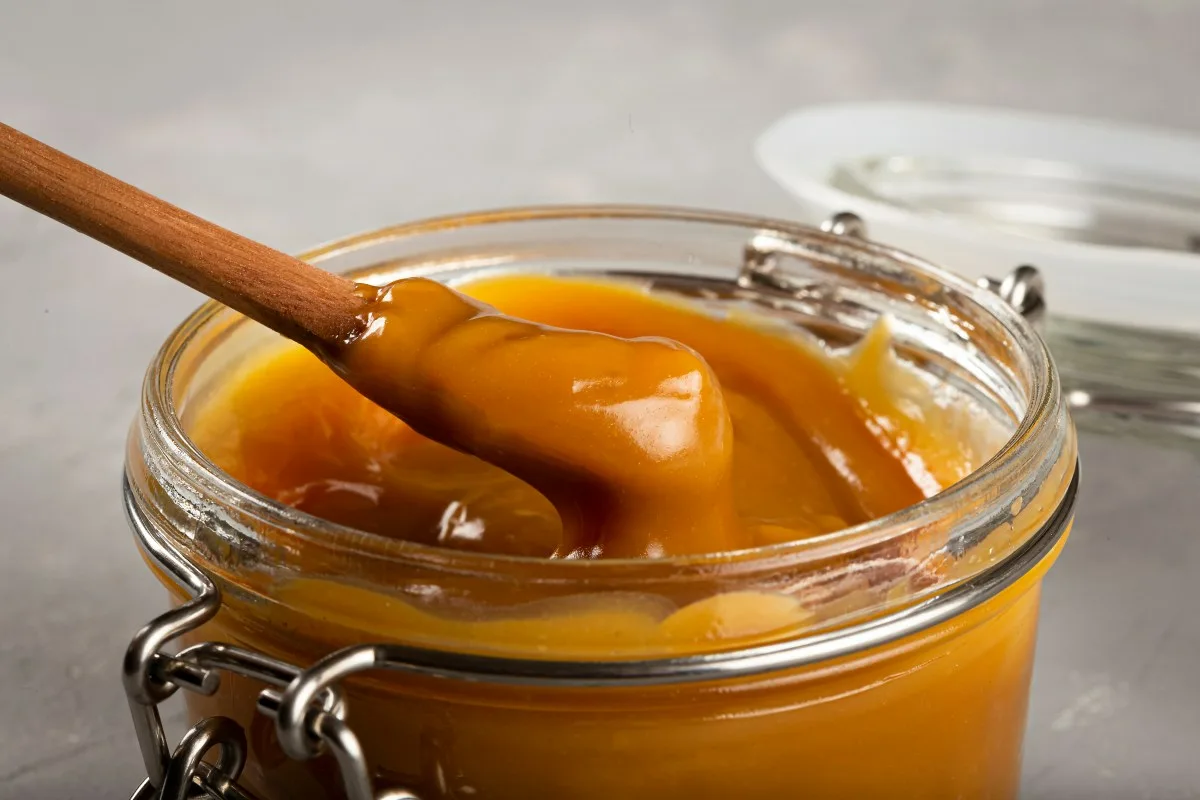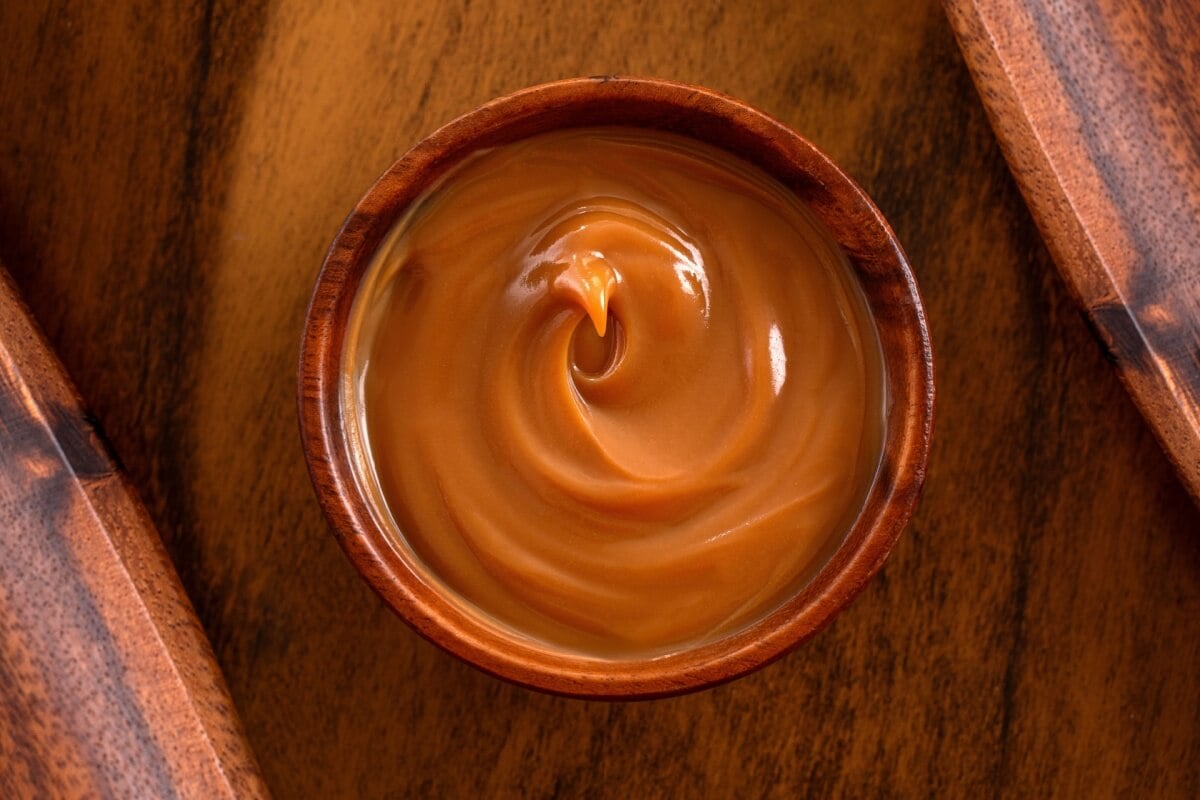This Argentine classic comes in more than one version, each with its own unique characteristics. Learn how they are made and what they are used for.
Dulce de leche is a product loved by almost everyone in Argentina. It can be enjoyed in desserts, cakes and ice cream. However, not all dulce de leche is the same; it can be distinguished by its flavour and texture, such as regular and colonial.
What is regular dulce de leche like?
On the one hand, regular dulce de leche is what most people know and enjoy on toast, pancakes, flans or alfajores. It is made with milk, sugar and a pinch of bicarbonate of soda, and is cooked over a low heat, stirring constantly so that it does not form lumps or stick to the bottom of the pan.
The main difference between the two types of dulce de leche is in the cooking process.
The result is a smooth, homogeneous, light brown cream. Its flavour is balanced and its texture is perfect for spreading or filling any dessert.

What is colonial dulce de leche like?
Colonial dulce de leche, in turn, has the same ingredients, but the secret lies in the cooking process, as it is cooked for longer and with less stirring. This results in a much thicker and grainier texture, with an intense, well-caramelised flavour.
The difference is obvious at first glance: colonial dulce de leche is darker, has a hint of crystallisation and a rustic appearance reminiscent of the dulce de leche made in the fields and estates of Argentina.
Which one to choose for each occasion
- Regular dulce de leche: ideal for soft desserts, fillings, creams and for those looking for a very smooth texture.
- Colonial dulce de leche: perfect for eating on its own, with homemade bread, in pastries or on a slice of fresh cheese.





